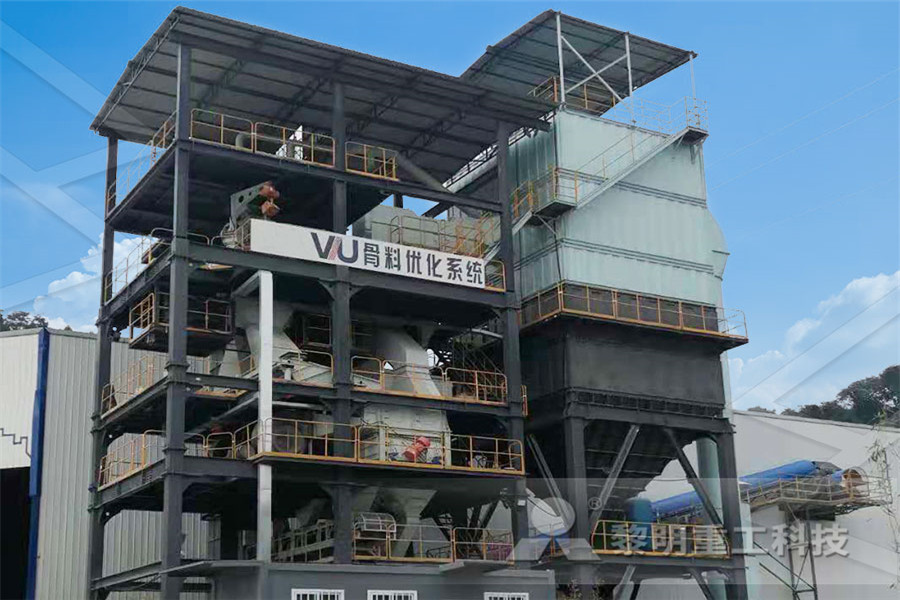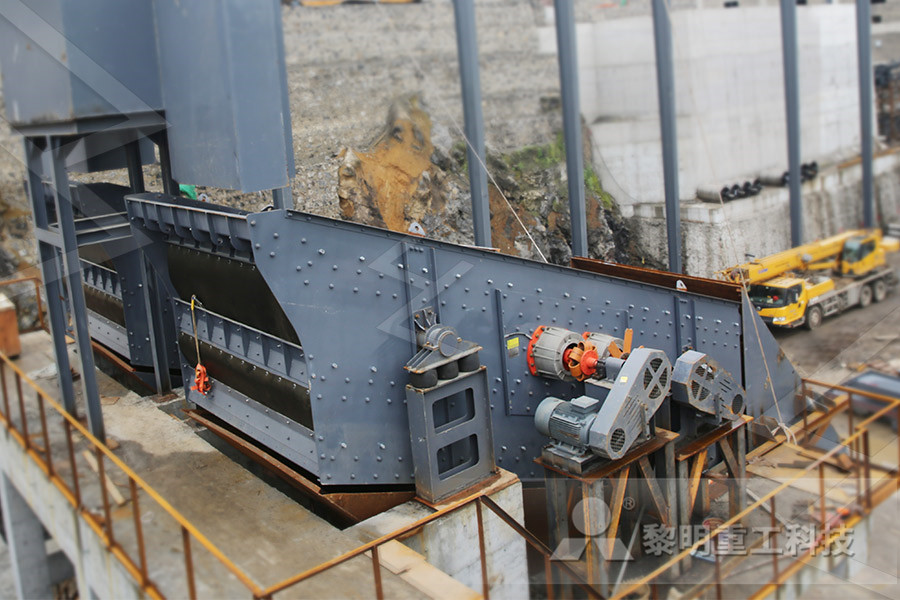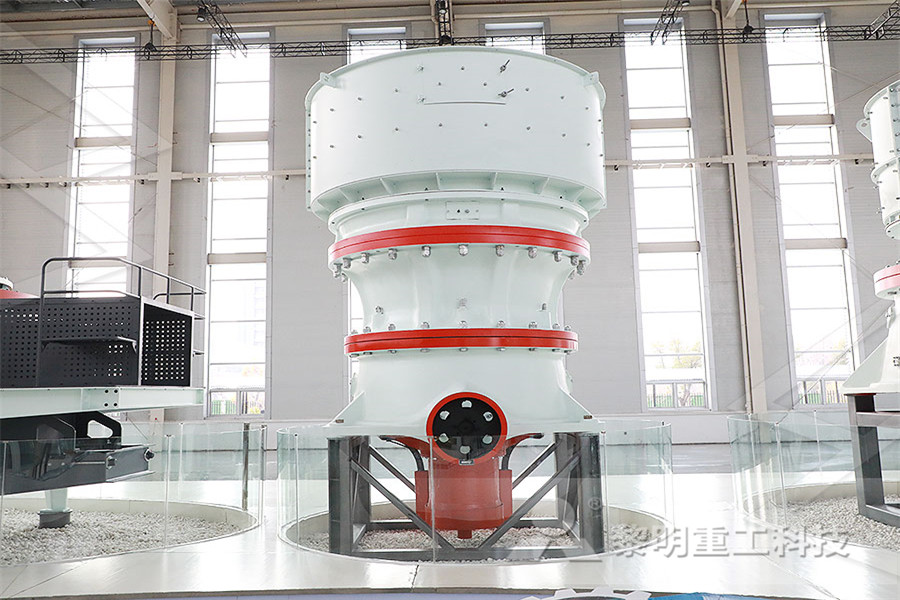Calorific Value Of Coal
2023-06-15T12:06:41+00:00

Calorific Value, Coal Analysis, Kentucky Geological
Calorific value is a measure of the amount of energy produced from a unit weight of coal when it is combusted in oxygen A measured sample of coal is completely combusted in a bomb calorimeter, which is a device for measuring heat (ASTM method D586512; American Society for Testing and Materials, 2013, p 648–666) Gross Calorific Value in Coal Introduction The gross calorific value of coal, a solid fossil hydrocarbon fuel material, is most often used when calculating the total calorific value for a quantity of coal for fuel value purposes, or when determining the classification rank of the coal material The gross calorific value and sulfur value of the coal materialGross Calorific Value in Coal LECO Corporation Calorific value of coal is the amount of energy released per unit mass in a complete combustion In practical application, the calorific value of coal is divided into gross calorific value (GCV, MJ/kg) and net calorific valuePrediction models of calorific value of coal based on

Calorific Value an overview ScienceDirect Topics
Calorific value is defined as the amount of calories generated when a unit amount of substance is completely oxidized and is determined using the bomb calorimeter The calorific value of coal represents gross calorific value (H G), which contains the latent heat of water vaporization Coal, as it is commonly known, is a solid fossil hydrocarbon fuel material The gross calorific value of coal is frequently used when determining the total calorific value for a specific amount of coal for fuel value purposes or when establishing the rank of classification of the coal Determining the Gross Calorific Value in Coal Calorific value is an essential fuel parameter during the process of energy utilization Fortyfour coal samples with different calorific values were quantitatively analyzed by laserinduced breakdown spectroscopy (LIBS) in this paperQuantitative Analysis of Calorific Value of Coal Based

Calorific Value or Heating Value of the Fuel
Power plant coals have a Calorific Value in the range of 9500 kJ/kg to 27000 kJ/ kg The calorific value is expressed in two different ways on account the moisture in the coal Coal contains moisture When coal burns the moisture in coal evaporates taking away some heat of combustion which is not available for our useLet us look at calorific value of some well known fuels Lignite has a calorific value of 5000 kcal per kg Bituminous coal has a calorific value of 7600 kcal per kg Anthracite coal has a calorific value of 8500 kcal per kgCalorific Value of Diesel Petrol Coal – Fuels Heat Of Dulong's formula for calorific value from the chemical composition of fuel is : HCV = 1/100 [8,080 C + 34,500 (H – O/8)+ 2,240 S] kcal/kg where C, H, 0, and S are the percentages of carbon, hydrogen, oxygen and sulphur inUnitV Fuels and Combustion Lecture 28 : Topics : Fuels

OECD iLibrary OECD – Coal calorific values
In this table, calorific values for different types of coal and coal products are shown on a country by country basis The aggregates for hard coal and brown coal are included for years prior to 1978 only This table provides the calorific values used to convert raw tonnes of coal and coal products into energy for the OECD Coal Balance data Calorific value is an essential fuel parameter during the process of energy utilization Fortyfour coal samples with different calorific values were quantitatively analyzed by laserinduced breakdown spectroscopy (LIBS) in this paper The influences of different spectral preprocessing methods such as smoothing, standard normal variate transformation (SNV), multiplicative scatter correction Quantitative Analysis of Calorific Value of Coal Based The calorific value of coal is an important factor for the economic operation of coalfired power plant However, calorific value is tremendous difference between the different coal, and even if (PDF) Coal Calorific Value Prediction Based on

Coal Marketing International
Coal is hard and brittle and black and shiny, moisture content is 20 – 40%, calorific value 4,000 kcal/kg to 5,800 kcal/kg: Bituminous: Coal is softer and shiny, moisture content is 8 20% calorific value is 5,800 to 8,000 kcal/kg, crucible swelling number from 2 – 9+ possible for coking coals, volatile matter from 16% 40%: Anthracite High calorific value coal Turkish and global outlook Despite coal has notorious perception due to its impacts on the environment, it’s not possible to neglect its share in the global energy supply Especially, in emerging markets with ever growing energy demand, relative cost and eligibility advantages of the coal bring it into prominence High calorific value coal Deloitte Turkey Calorific value on an ashfree but moist basis COKING COAL Quality: High Bituminous coal with properties to the production of coke oven coke Uses: Metallurgical industry OTHER BITUMINOUS COAL Quality: Lower carbon content and higher volatile matter (>10%) Uses: Electricity and heat generation, manufacture of cement SUBBITUMINOUS COALThe IEA data work on calorific values

Coal instructions European Commission
Its gross calorific value is equal to or greater than 24 000 kJ/kg on an ashfree but moist basis Coking coal: Bituminous coal with a quality that allows the production of a coke suitable to support a blast furnace charge Its gross calorific value is equal to or greater than 24 Moisture lowers the effective calorific value of coal Moreover, it quenches the fire in the furnace Hence, lesser the moisture content, better the quality of coal as a fuel However, presence of moisture, up to 10%, produces a more uniform fuelbed and less of "flyash"UnitV Fuels and Combustion Lecture 28 : Topics : Fuels Energy content or calorific value is the same as the heat of combustion, and can be calculated from thermodynamical values, or measured in a suitable apparatus: A known amount of the fuel is burned at constant pressure and under standard conditions (0°C and 1 bar) and the heat released is captured in a known mass of water in a calorimeter If the initial and final temperatures of the water Fuels Higher and Lower Calorific Values

Calorific Value An Overview Of Calorific Value Of Fuel
LPG has more calorific value when compared to diesel, petrol, and kerosene A detailed list of foods and their calorific values: The calorific value of food indicates the total amount of energy, a human body could generate during its metabolism which is expressed in Kilojoules per 100 grams or 100 ml The calorific value of food is generally expressed in kilocalories ie kcal coal types that have calorific value more than 5,700 kcal/kg Other bituminous coal, anthracite and coking coal are considered as hard coal As a commercial term, steam coal category includes coal types consumed in similar commercial areas Half bituminous coal, other bituminous coal and anthracite are considered as steam coalweb High Calorific Value Coal DeloitteCoal is hard and brittle and black and shiny, moisture content is 20 – 40%, calorific value 4,000 kcal/kg to 5,800 kcal/kg: Bituminous: Coal is softer and shiny, moisture content is 8 20% calorific value is 5,800 to 8,000 kcal/kg, crucible swelling number from 2 – 9+ possible for coking coals, volatile matter from 16% 40%: Anthracite Coal Marketing International

Calorific Values of Materials for Briquetting Coal
Calorific Values of Coal / Charcoal The table below shows the calorific value of common fuel materials for making coal / charcoal briquettes This can help you choose the right raw material and make high quality fuel briquettes If your material is not included in the form, you are welcome to contact us for more information We are glad to help! High calorific value coal Turkish and global outlook Despite coal has notorious perception due to its impacts on the environment, it’s not possible to neglect its share in the global energy supply Especially, in emerging markets with ever growing energy demand, relative cost and eligibility advantages of the coal bring it into prominence High calorific value coal Deloitte TurkeyDetermination of the ash content, volatile matter and calorific value in coal with laserinduced breakdown spectroscopy (LIBS) is significantly affected by the matrix effect, due to the physical and chemical properties of different types of coals This work aimed to achieve more accurate determination of theLIBS analysis of the ash content, volatile matter, and

coal utilization Volatile Matter Chemistry Britannica
Calorific value Calorific value, measured in British thermal units or megajoules per kilogram, is the amount of chemical energy stored in a coal that is released as thermal energy upon combustion It is directly related to rank; in fact, the ASTM method uses calorific value to classify coals at or below the rank of highvolatile bituminous Calculation of calorific value of coal/char from its ultimate analysis Conference Mason, D M; Talwalkar, A T A new correlation developed to calculate calorific (heating) value of coal and char from their elemental composition is significantly better than other similar correlations The correlation was developed by means of regression analysis Formulas for calculating the heating value of coal and Its gross calorific value is equal to or greater than 24 000 kJ/kg on an ashfree but moist basis Coking coal: Bituminous coal with a quality that allows the production of a coke suitable to support a blast furnace charge Its gross calorific value is equal to or greater than 24 Coal instructions European Commission

Typical calorific values of fuels Forest Research
Net calorific value (CV) or Lower Heating Value (LHV) given for all fuels This means that the latent heat of vaporization of the water vapour created by combustion is not recovered by condensation Calorific value on an ashfree but moist basis COKING COAL Quality: High Bituminous coal with properties to the production of coke oven coke Uses: Metallurgical industry OTHER BITUMINOUS COAL Quality: Lower carbon content and higher volatile matter (>10%) Uses: Electricity and heat generation, manufacture of cement SUBBITUMINOUS COALThe IEA data work on calorific values
iron iron crusher machinery
crusher spare parts supplier in saudi arabia
mining services underground
flow sheet of beneficiation plant
used limestone jaw crusher provider in angola
how how to operate a crush plant
in advances in fine grinding mill system application in the fgd industry
rock crusher blueprints
gold refinery machine manufacturers
Method Statement Of Installation Conveyor Belt
list of jaw crushers producers
stone crushing different sizes
stone crusher plant is which type of industry
mixy type crushing machine
Plant Crusher Biodiesel
Silver And Gold Flotation Plant
2016 new silica hammer crusher
crushing sale process chromium ore dressing
Production Rate Of A Jute Mill
pulvomatic crusher manufactured in china
Zsk Vibrating Screen For Mining Powder
amada wasino grinding
Model Form Of crusher equipment
korean iinghi extract gold
hard stone crusher tons per hour
iron product in philippines
hammer crusher for dolomite in india
South Africa Gold Ore Crushing Plant
Used for Miningdustry ncrete crusher for Sale
limestone suppliers use









